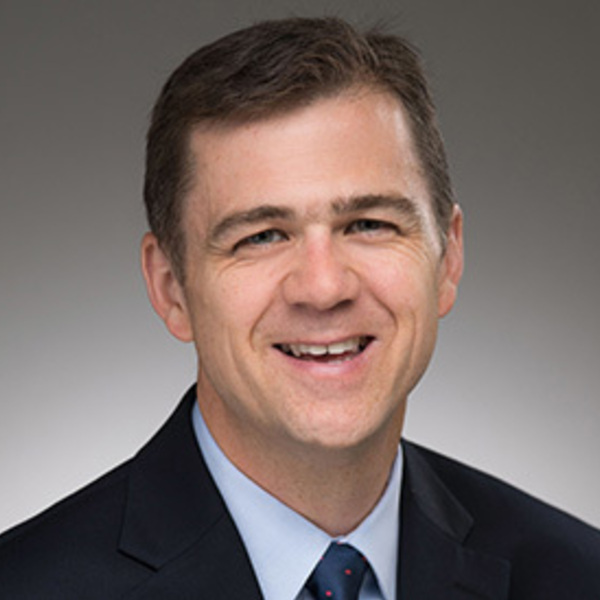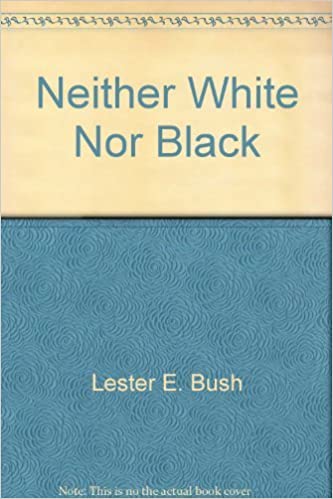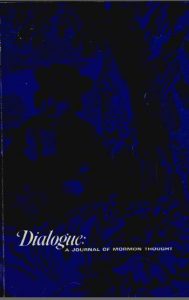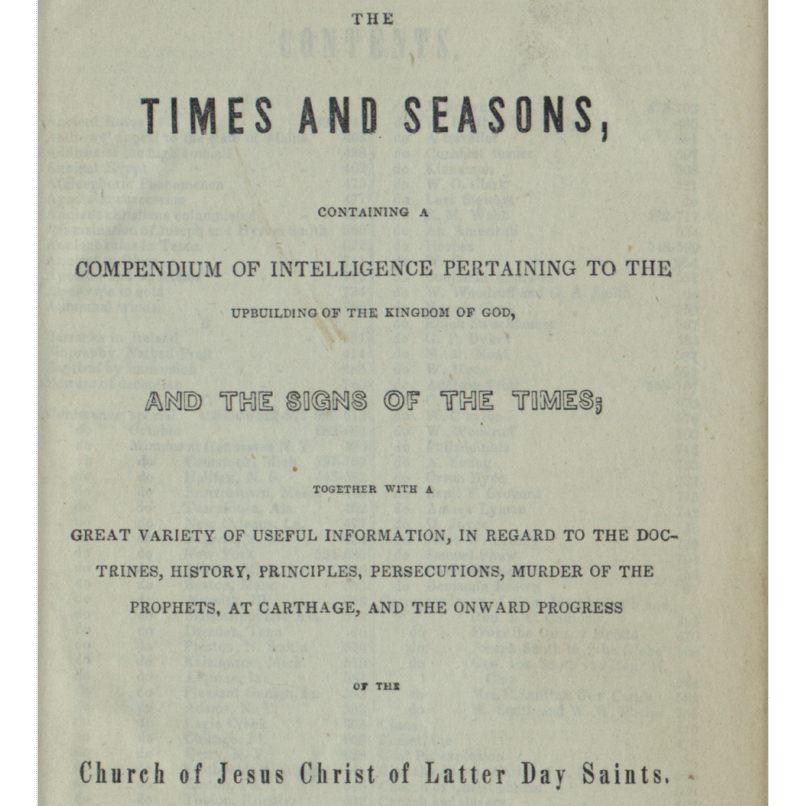"Such a Time as This" remarks from Cynthia Bailey Lee
November 9, 2014Cynthia Bailey Lee was asked to give the faculty address at Stanford’s annual LDS Convocation, held in Stanford Memorial Church.

Cynthia Bailey Lee was asked to give the faculty address at Stanford’s annual LDS Convocation, held in Stanford Memorial Church.

The University of Utah’s Tanner Humanities Center is proud to present the Fall 2014 McMurrin Lecture on Religion and Culture with David Campbell, Professor of Political Science at the University of Notre Dame and co-author of the recent book Seeking the Promised Land: Mormons and American Politics.

There was no way I could fit all the amazing blogs from the past 10+ years into the print feature in the Summer 2014 Issue so for a special treat for all online Dialogue readers, a supplemental featuring of more wonderful posts from the LDS blog world and beyond. Enjoy! – EmJen

In “LDS blacks, scholars cheer church’s essay on priesthood” at the Deseret News, Lester Bush’s famous Dialogue piece is referenced:

As I’ve thought about this, I have come up with an idea that might be helpful for people troubled by their internet-based discoveries about the Church. I am going to call this the “Dialogue diet.” What I propose is a program of reading (with some skimming and skipping allowed, of course) the entire print run of Dialogue: A Journal of Mormon Thought.

Here’s a snippet of a brilliant and fascinating post by Wilfried Decoo as a continuation of his research of same-sex marriage and Mormonism.

With the developments in Utah this past week and the intense discussions on same-sex marriage swirling around, we decided to release Wilfried Decoo’s “As Our Two Faiths Have Worked Together”—Catholicism and Mormonism on Human Life Ethics and Same-Sex Marriage” from the new Fall 2013 issue for everyone to enjoy.

If I could only have one recording of Christmas music, this performance of Vaughan Williams’ Hodie would be it. Christmas for me is Milton in the voice of Janet Baker, and Hardy and Herbert in John Shirley-Quirk’s lugubrious baritone.

Three Mormon themed podcasts caught our ear this week, two of which featured Board Member Joanna Brooks.

Now that the Church has released its treatment of Plural Marriage and Families in Early Utah, many of our people are going to be learning of the phenomenon of post-Manifesto polygamy for the first time.